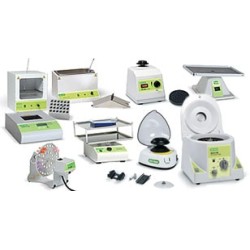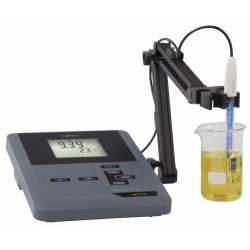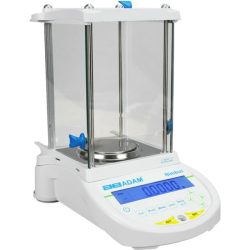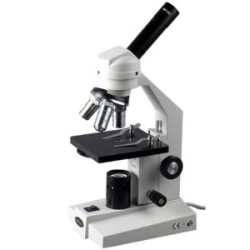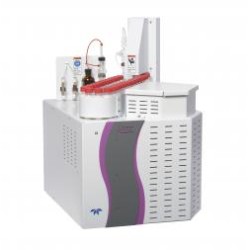Pendulum Impact Testing Machine
Product Details:
| Minimum Order Quantity | 1 Unit |
| Product Type | Impact Testing Machine |
| Model Name/Number | RI-300 |
| Automation Grade | Manual |
| Brand | Ratnakar |
| Material | Metal |
| Usage | Industrial |
We are a trusted organization of this domain in offering a wide gamut of Pendulum Impact Testing Machine to our valued customers. This machine has the large rectangular dial with outer scale for Charpy test and inner scale for Izod. Also, in this, the pendulum is supported separately in two positions by a common latching tune like the upper position for Charpy test and the lower for the Izod test.
Features:
- Interchangeable strikers
- Front guard provided for safety of operation
- Common specimen holder for Izod & Charpy test
- Separate strikers
Technical Specifications:
- Pendulum Drop Angle: (140 Degree for Charpy Test) & (90 Degree for IZOD Test)
- Pendulam Effective Wt.: (21.400 Kg for Charpy Test) & (21.300 Kg for IZOD Test)
- Pendulum impact energy : 300J (Charpy Test) & 168 J for IZOD Test
- Striking Velocity of Pendulum: 2.45 m/sec for Charpy Test & 3.857 m/sec for Izod TestMin
- Scale graduation: 2J
- Max Permissible loss by friction etc.: 0 .50% of impact Energy
- The pendulum Impact Tester is designed for conducting Izod, Charpy test.
The pendulum is mounted on antifriction bearings. It has two starting positions, the upper one for Charpy the lower one for Izod testing. On release, the pendulum swings down to break the specimen & the energy absorbed in doing so is measured as the difference between the height of drop before rupture of the test specimen and is read from the maximum pointer position on the dial scale.
Additional Information:
- Item Code: RI-300
- Production Capacity: 300 joules to 500 joules
- Delivery Time: 5-6
- Packaging Details: The pendulum Impact Tester is designed for conducting Izod, Charpy test. The pendulum is mounted on antifriction bearings. It has two starting positions, the upper one for Charpy the lower one for Izod testing. On release, the pendulum swings down to break the specimen & the energy absorbed in doing so is measured as the difference between the height of drop before rupture of the test specimen and is read from the maximum pointer position on the dial scale.




